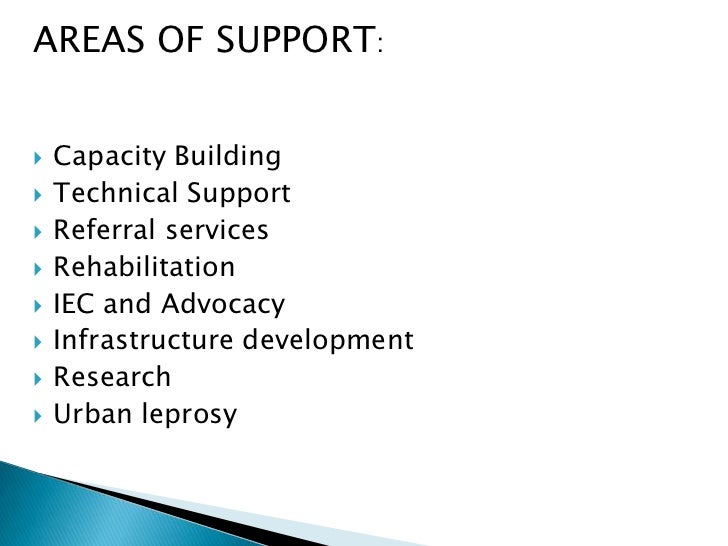
National Health Programs Of India J Kishore
TEXTBOOK PREVENTIVE AND SOCIAL MEDICINE – K.PARK – 23rd EDITION 2. TEXTBOOK OF NATIONAL HEALTH PROGRAMS OF INDIA – J.KISHORE- 11th EDITION 3. Agarwal S et al., Need for dedicated focus on urban health within National Rural Health Mission. Ind J Public Health 2005; 49 (3) 141- 151. Govt of India National Rural Health mission. Read National Health Programs of India National Policies and Legislations. Follow the Author. J Kishore (Author, Editor, Illustrator).
In the download area you can download the software & firmware for all types of different phone systems. PLEASE NOTE – GH Services do note take any responsibility for the software that you choose to download. Download firmware panasonic kx tes824 programming manual. At the time of update no viruses we detected Some software may need zip software to open them.
Catalogue Persistent Identifier APA Citation Kishore, J. National health programmes of India: national policies & legislations related to health. New Delhi: Century Publications MLA Citation Kishore, J. National health programmes of India: national policies & legislations related to health / Jugal Kishore Century Publications New Delhi 2001 Australian/Harvard Citation Kishore, J. 2001, National health programmes of India: national policies & legislations related to health / Jugal Kishore Century Publications New Delhi Wikipedia Citation.
The endocrine and metabolic diseases of childhood obesity, diabetes mellitus, hypertension, iodine deficiency disorders, vitamin D deficiency, and osteoporosis are major public health problems. Different programs including National Program for Prevention and Control of Cancer, Diabetes, Cardiovascular Diseases, and Stroke address these problems although some are yet to be addressed. National surveys have shown high prevalence of these disorders and their risk factors. Most of the programs aim at awareness raising, lifestyle modification, (primary prevention) and screening (secondary prevention) for the disease conditions as these are proven to be cost-effective compared to late diagnosis and treatment of various complications.
Urgent concerted full scale implementation of these programs with good coordination under the umbrella of National Rural Health Mission is the need of the moment. The referral system needs strengthening as are the secondary and tertiary levels of health care. Due attention is to be given for implementation of these programs in the urban areas, as the prevalence of these conditions is almost equal or even higher among urban poor people where primary and secondary prevention measures are scarcely available and treatment costs are sky-high.
I NTRODUCTION The prevention and control of diseases of public health importance is the major goal of National Health Programs. Since independence, there have been many national programs that have concentrated on issues such as population stabilization, maternal and child health, malaria, filariasis, tuberculosis, leprosy, and HIV. Most of the programs were vertical (i.e.,) separate health structures and personnel with strong central management catering to the control of those individual problems. Some amount of integration happened as and when the target levels of the programs were achieved, but many continued to remain as vertical. S URVEILLANCE OF R ISK F ACTORS OF N ON-C OMMUNICABLE D ISEASES So far in India, disease surveillance has been predominantly focused on communicable diseases. Although there were some efforts during the ninth and the tenth five-year plans, only in the draft of the 11 th five year plan, was there a mention of an objective on surveillance for NCD risk factors.[] Integrated Disease Surveillance Project (IDSP) was launched in November 2004 to detect and respond to disease outbreaks quickly.
Under IDSP, regular periodic surveys were planned for NCD risk factors such as anthropometry, physical activity, blood pressure, tobacco, nutrition etc. The phase I of NCD risk factors survey was carried out in 2007-08 among the population aged 15-64 years in seven states namely AP, Kerala, MP, Maharashtra, Mizoram, TN, and Uttarkhand. The report of this survey gave baseline data on NCD risk factors among Indian Population.[] But, the phase II and III risk factor survey among the rest of the states is not yet initiated. Realizing the high prevalence of NCD risk factors in India, the cabinet committee in 2010 approved the National Program for Prevention and Control of Cancer, Diabetes, Cardiovascular Diseases and Stroke (NPCDCS). The main strategies under this program are prevention of risk factors through behavior change communication, early diagnosis and treatment, capacity building of human resource, surveillance, monitoring, and evaluation.[] In South East Asian region, around 50% of people who have diabetes in the population are found to be undiagnosed.[] A hospital-based cross-sectional study in 10 states in India found the prevalence of undiagnosed diabetes to be 7.2% and that of undiagnosed hypertension to be 22.2%. The earlier a person is diagnosed and managed for these conditions, the better the chances of preventing harmful and costly complications.[] The NPCDCS focus on screening the population both in the community as well as in the health centers, both public and private to diagnose them early. C HILDHOOD O BESITY: A N O PPORTUNITY FOR P RIMARY P REVENTION OF C VD The NPCDCS program does not have any specific strategy for prevention of childhood obesity.